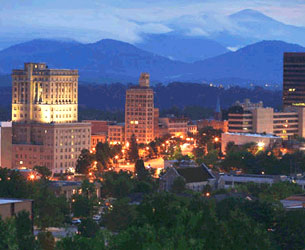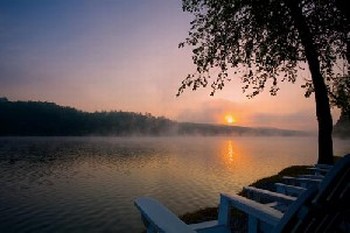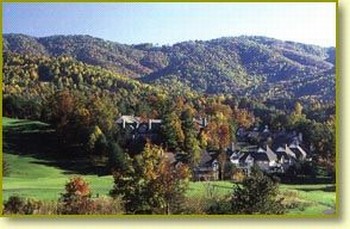marketing | agents | pricing

Asheville is quickly becoming one of the best places to live in the country. The quality of life is second to none with wonderful life-styles awaiting all who move to the area.
There are so many wonderful activities that await your arrival:
Historic Attractions and Museums
Outdoor Adventures
Shopping
Spas and Wellness
Romantic getaways
Family fun
Restaurants and bars
There's something special about Asheville, and the world is just beginning to discover it. This thriving mountain city features a funky and eclectic downtown, 30-plus art galleries downtown alone, a burgeoning culinary scene, a thriving live music scene and, of course, the awe-inspiring scenery of the Appalachian Mountains.
Asheville is the ultimate playground, with a wide diversity of outdoor adventures and the ideal destination for an active and healthy getaway.

Asheville History
Asheville at the Crossroad
Asheville was a primitive outpost in 1797. Frontiersmen such as Daniel Boone and Davy Crockett traveled through in the early days. Asheville was little more than a crossroads of Indian trails on a plateau surrounded by mountains and rivers on all sides.
The railroad transformed Asheville and Buncombe County into a resort and therapeutic health center when it arrived in 1880. Asheville became a Mecca for visitors searching for a mountain escape, its population climbing to nearly 30,000 seasonal residents in 1890.
Rich Architecture
Asheville had no money to invest in urban renewal projects that were so popular in other cities following Black Monday. The magnificent buildings built during the boom years were spared the bulldozer as a result of Asheville commitment to repay its debt.
This is why Asheville is a snap shot of what an American boomtown looked like during the turn of the century. It isn’t unusual to find quaint mom and pop shops in elegant surroundings.
Pioneers, Philanthropists and Artists
Asheville has always drawn visionaries, poets and explorers.
George W. Vanderbilt came to Asheville in the late 1880s and quickly purchased 120,000 acres to build his grand estate. The endeavor took six years and Vanderbilt commissioned renowned landscape architect Frederick Law Olmsted to design the grounds and gardens, and celebrated architect Richard Morris Hunt to help him plan the house. Biltmore Estate has withstood the test of time and modern mansions are dwarfed by the regal home.
Thomas Wolfe was born in Asheville and grew up in his mother’s rambling boardinghouse, known as “Dixieland.” Wolfe is one of the giants of American literature, and Asheville is the backdrop for his autobiographical novel, “Look Homeward, Angel.”

Coming to the area?
Air Travel
Asheville Regional Airport (AVL) is Western North Carolina's largest airport and is serviced by AirTran, American Airlines, Continental, United, US Airways and Delta. AVL has non-stop service to Atlanta, Charlotte, Chicago, Dallas/Fort Worth, Detroit, Houston, Orlando, Tampa, New York City and Newark.
Current Road and Weather Conditions in the Asheville Area
Find current information regarding highway and road travel in the Asheville area at the North Carolina Department of Transportation by calling 511 while in the state.
Up-to-date weather information is available from the National Weather Service. Check out http://www.nws.noaa.gov/ for more information.
Interstate and U.S. Highways
Asheville is accessible from the following highways: I-26, I-40 and I-240; and U.S. 19/23, 25, 25A, 70, and 74.
Blue Ridge Parkway
Considered the nation’s most scenic highway, the 469-mile Blue Ridge Parkway winds along the Blue Ridge Mountains, through Asheville and into the entrance of the Great Smoky Mountains National Park. Numerous overlooks, roadside exhibits and hiking trails make a trip along the Parkway a delight year-round. The Parkway intersects with Asheville at four points: US 25, US 70, US 74 and NC 191.
Referenced from
Buncombe County Tourism Development Authority.







